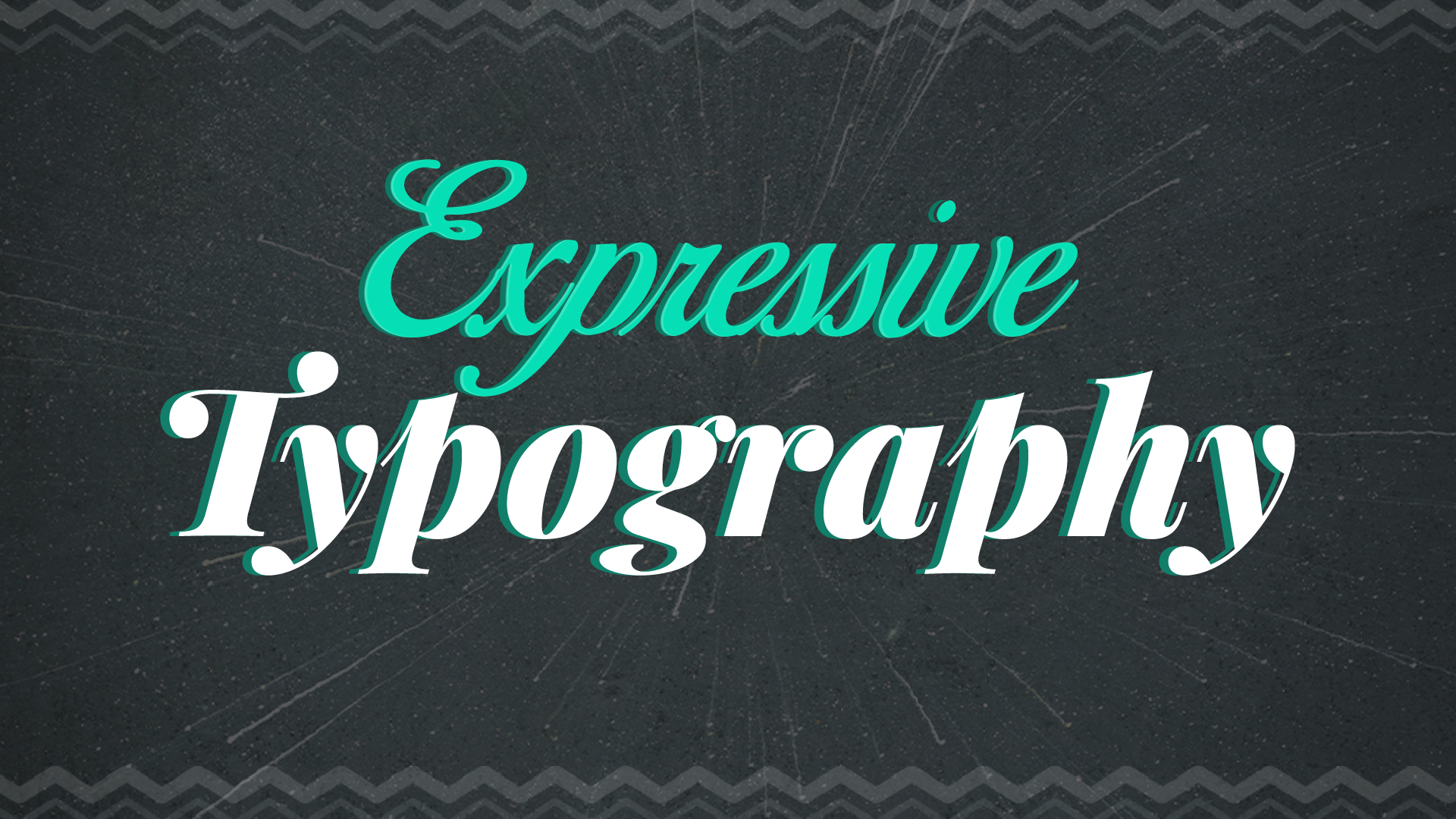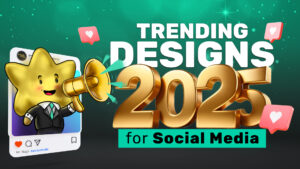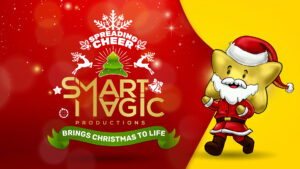Introduction: The Power of Expressive Typography
In the realm of design, expressive typography stands as a dynamic approach that transcends the conventional boundaries of text representation. It doesn’t merely convey information; it strives to evoke emotions, communicate moods, and emphasise on messages through the strategic use of typefaces, fonts, colours, layout, and other typographic elements.
This blog will guide you on expressive typography, from its significance to foundational principles for beginners, design principles, and the dynamic relationship between colour and text.
Significance of Expressive Typography in Design
Expressive typography adds a layer of creativity to design, going beyond the traditional focus on clarity and legibility. Its ability to engage and captivate audiences on a visual and emotional level sets it apart. By creatively manipulating the visual appearance of text, designers can infuse personality into an artwork, convey brand identity, and inflict specific feelings.
This approach adds depth and nuance to the visual language, contributing to the overall aesthetic and communicative power of a design.
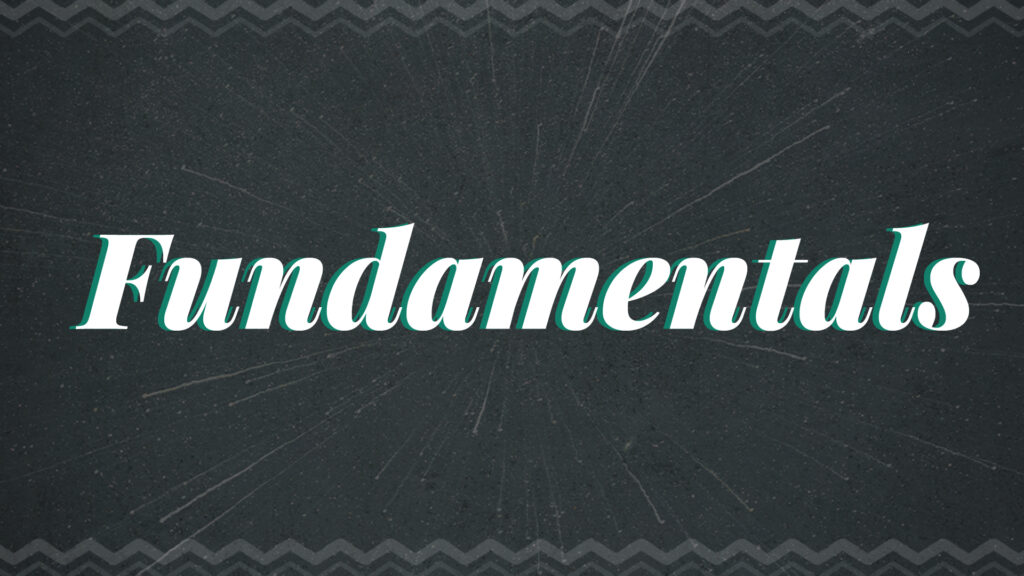
Typography Fundamentals for Beginners
It is extremely important to keep in mind the following points when designing expressive typography.
What is the difference between a typeface and font?
A typeface is a consistent design of characters, encompassing the overall style, shape, and appearance of the characters. On the other hand, a font refers to a specific instance of a typeface, encompassing its style, size, and weight. In essence, a typeface is the design, while a font is a particular implementation of that design with specific attributes.
What’s the difference between serif and sans serif font style?
Serif typefaces feature small decorative strokes on characters, conveying a more formal tone. It is traditional. In contrast, sans-serif typefaces lack these strokes, presenting a modern and clean aesthetic.
Why is Alignment so important?
Master alignment options such as left, centre, right, and justified to achieve a clean and organised appearance in text layouts. Explore emphasis techniques through variations like bold, italics, and underline to guide the reader’s focus and create visual hierarchy. Balancing alignment and emphasis ensures effective communication and enhances the overall structure and readability of typographic designs.
Legibility and Readability: is it vital?
Ensure text is visually balanced and easily understood by focusing on legibility, which pertains to the clarity of individual characters. Readability considers how words, phrases, and blocks of text can be easily comprehended. Both legibility and readability are critical aspects of effective typographic design, contributing to the overall accessibility and user experience. Responsive typography further ensures optimal reading experiences across various screen sizes and devices.
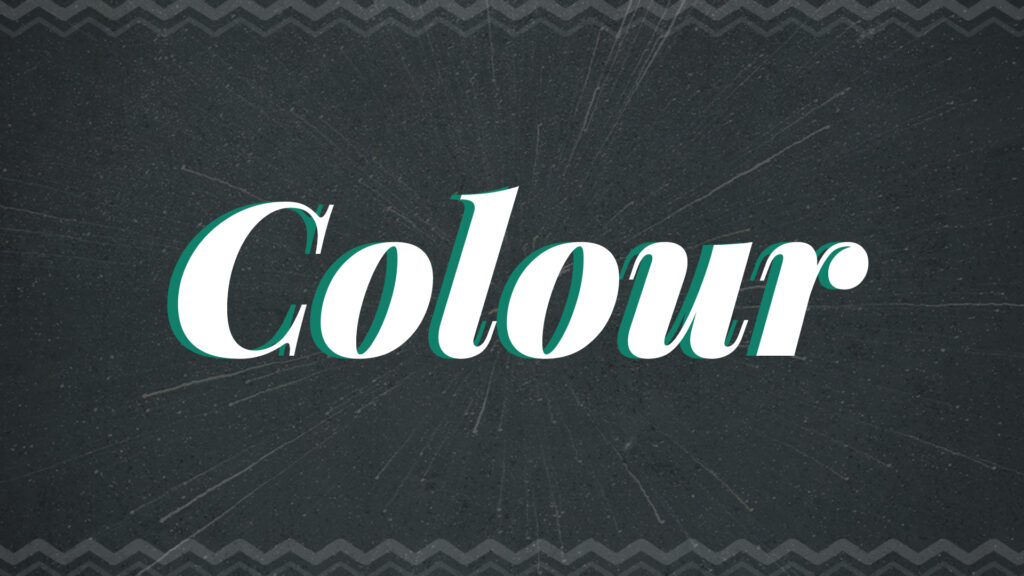
The Dynamic Relationship Between Colour and Typography
Explore the dynamic interplay between colour and typography to significantly influence the visual impact and emotional resonance of a design. Beyond choosing black or white text, leverage a spectrum of colours to evoke specific moods, enhance branding, and guide viewer attention. Warm colours like reds and oranges can convey energy, while cool colours such as blues and greens evoke calmness. Carefully selecting colour combinations enhances readability, creates hierarchy, and ensures that text stands out effectively. This strategic integration of colour into typography goes beyond aesthetics, playing a crucial role in accessibility, user experience, and brand identity.
Meet Risa Rodel
Meet Risa Rodel, a dedicated typographer whose passion for the field is evident in her diverse portfolio. Specialising in typographic design, Risa has lent her creative touch to projects ranging from book covers and magazine spreads to advertising campaigns, promotional posters, and merchandising items. Beyond her typographic endeavours, Risa’s days off are filled with exploration as she enjoys visiting new cities, indulging in reading, and embracing her inner nerd through binge-watching television shows. This combination of professional expertise and personal interests underscores the dynamic and multifaceted nature of Risa’s creative journey in the world of typography.

Pushing Creative Boundaries: The Art of Expression
Every typographic choice is not just a design decision but a brushstroke in the creation of a unique and impactful form of visual communication. Embrace the art of expression by daring to experiment, innovate, and redefine the limits of typographic design. In this pursuit, discover the transformative power of breaking conventions and letting creativity flourish, resulting in designs that resonate on a profound and individual level.
In a recent project, our team undertook a creative endeavour for Bachelorr’s, a dynamic fast-food restaurant. Our primary goal was to create captivating typography that would spell out the distinctive identity of Bachelorr’s in a visually engaging manner. Beyond the realm of conventional designs, we aimed to infuse the brand’s essence into the very letters that form its name
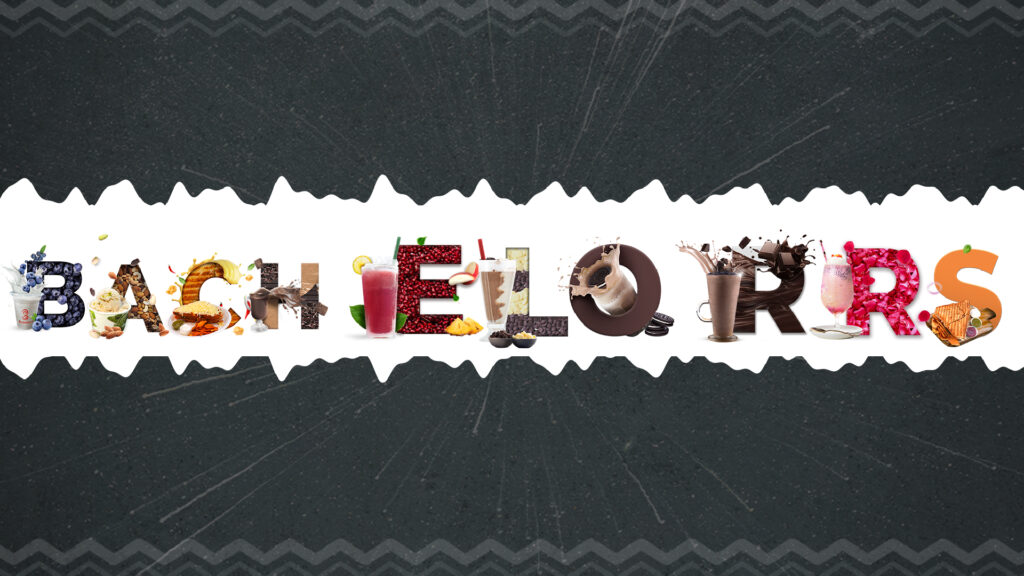
Conclusion: Unleashing the Potential of Expressive Typography
Embark on a captivating creative journey where expressive typography transforms into a powerful tool for conveying emotions, messages, and moods. This guide is your compass, navigating from the mastery of fundamentals to the exploration of the dynamic interplay of colour. Equip yourself with the skills to craft visually compelling designs that imprint a lasting impression. As you traverse this typographic landscape, remember to keep experimenting, stay inspired, and let expressive typography be your limitless canvas for exploring endless creative possibilities. The journey is yours to shape, and the possibilities are boundless.

